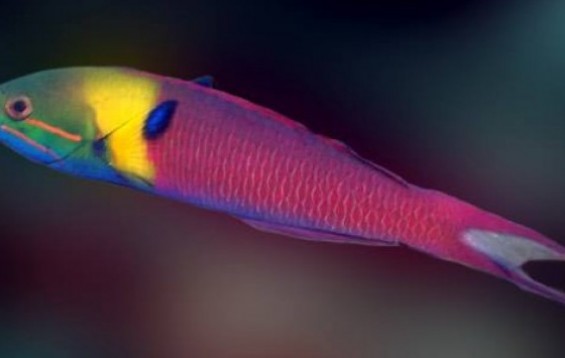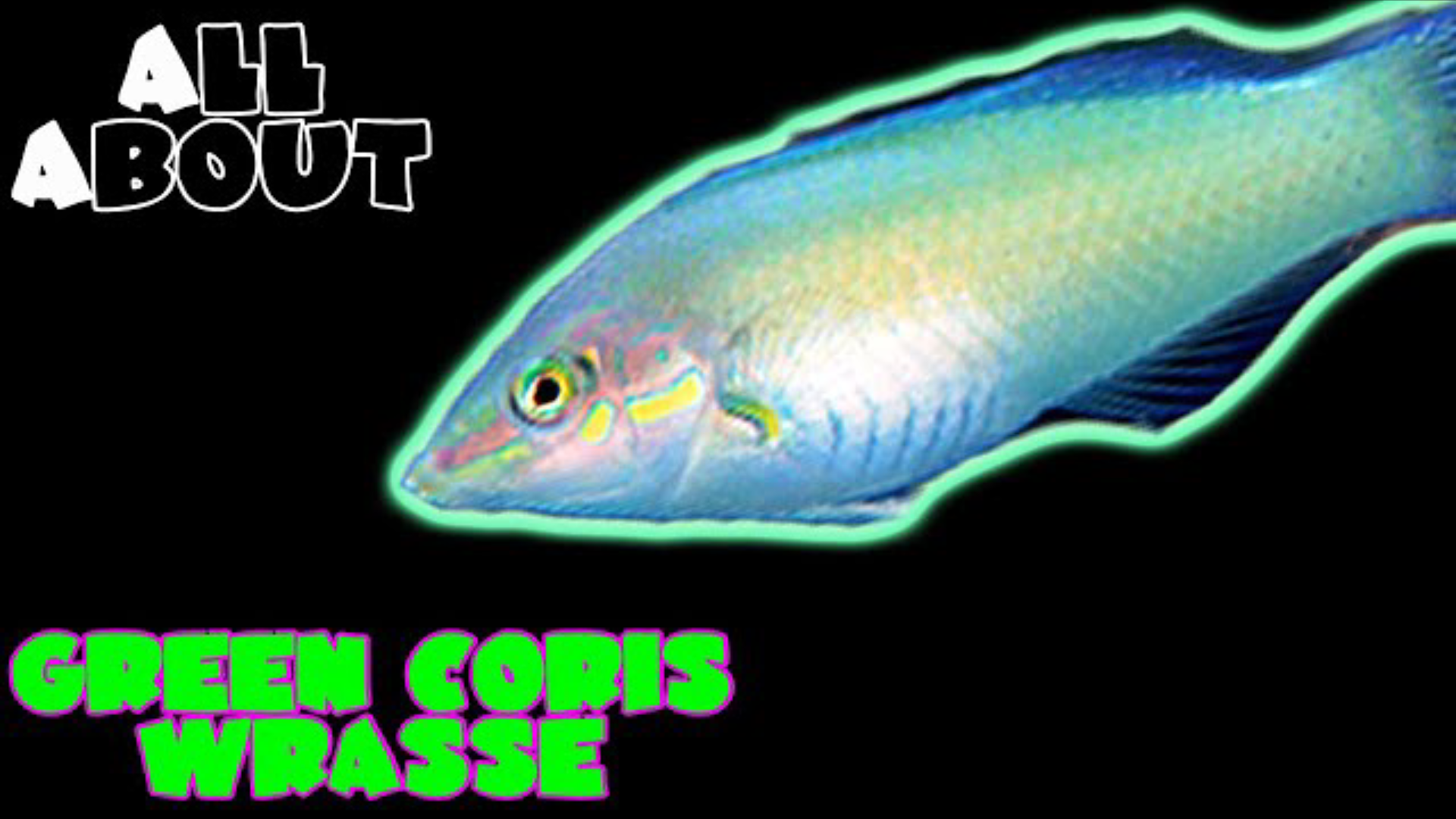- Name:
Blunthead Wrasse
(View AKA's) - Family: Labridae
- Species: Wrasse
- Scientific Name: Thalassoma amblycephalum


More Details
General info about Blunthead Wrasse
The Blunthead Wrasse has a conspicuously rounded or blunted head that is accentuated by its sleek, rod-shaped body. Similar to many wrasse species, the Blunthead Wrasse demonstrates dramatic color variation within individuals based on gender and age. The Blunthead Wrasse transforms from a rather non-descript fish to a striking fish demonstrating a vivid progression of lively colors. Initial phase male and female Blunthead Wrasses are nearly indistinguishable. A brownish-black stripe with uneven edges bisects the entire length of the body. A similar dark stripe running parallel along the dorsal region and a flash of orange at the peduncle further break up the primary white coloration of both initial phase male and female Blunthead Wrasses. As an adult, the male Blunthead Wrasses blossoms with vibrant coloration. The anterior region develops a beautiful blue-green coloration that transitions to a brilliant yellow. A gorgeous red body completes the rainbow effect. The Blunthead Wrasse should be housed in a 75 gallon or larger aquarium with plenty of live rock for hiding and a sandy substrate that may be used for burrowing into at night. In addition to ample hiding places, a large open area is required for the active and fast-swimming Blunthead Wrasse. In large aquariums, several initial phases and juvenile Blunthead Wrasse may be housed together in relative peace. However, as adults, the Blunthead Wrasse demonstrates greater aggression and is best kept singularly in a Fish Only With Live Rock aquarium with gregarious tankmates.
Caution with Blunthead Wrasse
Wrasse are considered jumpers make sure your aquarium has a tight-fitting canopy or screen cover to prevent the Wrasse from jumping out of your aquarium. Wrasse have been known to jump through the smallest of holes in a canopy.
Wrasses prefer to have a 2" (5cm) sandbed to allow them to burrow into the sand to sleep or when they feel like they are in danger. Some people with bare bottom tanks have also added a Tupperware with a 2" deep sand bed to accommodate the wrasse's needs.
They are generally peaceful but may display aggression towards members of the same species.
Relevent Articles
Original Detail
| Name | Species | Family | Scientific Name | More Detail | Added by |
|---|---|---|---|---|---|
| Blunthead Wrasse | Wrasse | Labridae | Thalassoma amblycephalum | The Blunthead Wrasse has a conspicuously rounded or blunted head that is accentuated by its sleek, rod-shaped body. Similar to many wrasse species, the Blunthead Wrasse demonstrates dramatic color variation within individuals based on gender and age. The Blunthead Wrasse transforms from a rather non-descript fish to a striking fish demonstrating a vivid progression of lively colors. Initial phase male and female Blunthead Wrasses are nearly indistinguishable. A brownish-black stripe with uneven edges bisects the entire length of the body. A similar dark stripe running parallel along the dorsal region and a flash of orange at the peduncle further break up the primary white coloration of both initial phase male and female Blunthead Wrasses. As an adult, the male Blunthead Wrasses blossoms with vibrant coloration. The anterior region develops a beautiful blue-green coloration that transitions to a brilliant yellow. A gorgeous red body completes the rainbow effect. The Blunthead Wrasse should be housed in a 75 gallon or larger aquarium with plenty of live rock for hiding and a sandy substrate that may be used for burrowing into at night. In addition to ample hiding places, a large open area is required for the active and fast-swimming Blunthead Wrasse. In large aquariums, several initial phases and juvenile Blunthead Wrasse may be housed together in relative peace. However, as adults, the Blunthead Wrasse demonstrates greater aggression and is best kept singularly in a Fish Only With Live Rock aquarium with gregarious tankmates. | PalaciosAn |
Changed by users
| Submitted Date | Submitted By | Status | Action |
|---|


